Australia: Sydney’s Finest Asian Australian Students Still Missing Out On Leadership Roles
Australia/Mayo de 2016/The Bellingen Shire Courier Sun
Resumen
Durante los últimos 20 años consecutivos, una escuela secundaria de Sydney ha sacado los mejores resultados de HSC en el estado. También es una escuela donde hasta el 80 por ciento de los estudiantes provienen de un fondo idioma que no sea inglés, la mayoría de ellos procedentes de familias asiáticas, según el Departamento de Educación de Nueva Gales del Sur.
For the past 20 years in a row, one Sydney high school has taken out the top HSC results in the state.
At James Ruse High in Sydney’s north-west, an ATAR of above 99 is so expected that it became its own satire song.
«100 ATAR, 100 ATAR, 100 ATAR,» year 12 students rapped in a take on Psy’s Gangnam Style. «99.95, not good enough».
It is also a school where up to 80 per cent of students come from a language background other than English, most of them from Asian families, according to the NSW Department of Education.
And yet, the statistics show that despite students of Asian origin dominating the academic scale at schools like James Ruse Agricultural High around the country, few rise to the top of the political, business and academic pile.
Australians of Asian descent make up to 12 per cent of the country’s population but only four members of the federal Parliament. Of the 17 government departments only one counts a leader of Asian descent as its head.
The statistics are similarly damning in the private sector. Only 1.9 per cent of executive managers and 4.2 percent of directors come from Asian backgrounds, according to a 2013 Diversity Council Australia study.
At the entry level, discrimination, conscious or unconscious, is endemic. On average, a Chinese person must submit 68 per cent more applications to gain employment than a person of Anglo-Saxon descent, according to a 2011 study from the Australian National University.
«For 30 years, James Ruse has been pumping out very clever Asians,» said University of Sydney vice-chancellor Michael Spence. «Where are they?»
For Dr Spence, self-interest is a powerful incentive. His newborn son, Ted, is half-Korean. His five children from a previous marriage are of Anglo descent.
«I want to make sure that he has much opportunity as my other children,» he said. «If you say mathematician you probably think east Asian in Australia – if you say leader, you probably think white man.»
«We are only now beginning to say that there is a real issue to face of particular ethnicities. The disparity between the educational success and their leadership attainment is evidence of a bamboo ceiling and the university needs to do its best to overcome it. There are settled cultural patterns that need to be challenged.»
The unconscious bias goes right to the top. The country’s Race Discrimination Commissioner, Tim Soutphommasane, has been asked if he worked in IT or Finance, or most recently, as an accountant.
In 2014, Dr Soutphommasane gave a speech that said «the bamboo ceiling» was well and truly above our heads. Not much has changed.
«But conversations are starting,» he said on Friday. «People are beginning to recognise there’s a problem.»
Across academia and business, tentative steps are being made to talk about the touchy subject of race and what is happening to the 99.95 ATAR club when they walk out the school gates. Public leaders are few and far between.
Dr Soutphommasane has initiated a partnership between the University of Sydney business school, PriceWaterhouseCoopers, Westpac and Telstra to develop a blueprint for more diverse leadership. PwC alone has a target of 11 per cent of its partners being of Asian origin by 2020.
It’s the perceptions that Dr Soutphommasane, who was born to Chinese and Laotian parents, has spent his career battling against.
«Leaders are expected to be charismatic, assertive and outspoken,» Dr Soutphommasane said on Friday. «At the same time, certain stereotypes of Asian-Australians persist. There is a perception that Asian-Australians are shy, timid and withdrawn.
«Put these together and you have an obvious problem. There can be an assumption that Asian-Australians make for better technicians than leaders. That they may not be able to master Anglo-Australian expectations of leadership.»
Part of the problem lies in the limited number of public faces of Asian identity on our most public platform, television.
Bing Lee and Victor Chang are often rattled off as icons, but you are more likely to find that the public faces of Asian Australians are given as TV chefs like Poh Ling and Adam Liaw.
The ABC’s outgoing managing director, Mark Scott, publicly acknowledged last week that the ABC had not done enough to promote cultural diversity on the public broadcaster.
«On broader diversity, we have a way to go, frankly,» Scott told Buzzfeed. «I draw a parallel to the BBC: when I watch and listen to the BBC when I’m in the UK, I think the on-air talent really represents a diversity of modern Britain and I’m not yet sure we represent the diversity of modern Australia.»
Dr Soutphommasane agrees. «Sadly, the issue doesn’t appear to be treated with any urgency within Australian television,» he said.
«The proof is in the programming: what you see on screen doesn’t remotely reflect the reality of modern Australia. And you still have parts of Australian television that appear comfortable in their periodic fits of casual racism.»
Dr Soutphommasane warned in 2014 that if the situation was not addressed the nation would create a class of professional Asian-Australian coolies in the twenty-first century.
«It would be neither just nor good to have a country where people may comfortably believe that a class of well-educated, ostensibly over-achieving Asian-Australians are perfectly content with remaining in the background, perennially invisible and permanently locked out from the ranks of their society’s leadership,» he said.
For Dr Spence, diversity starts with education. He is canvassing the idea of race targets in his faculties.
«That will be challenging,» he said. «Compared to gender, talking about race is much more problematic in the lucky country.
«But a diverse and contemporary Australia must be the country that lives up to our rhetoric. We have boundless plains to share, we need to make sure we live up that national anthem.»
The story Sydney’s finest Asian Australian students still missing out on leadership roles first appeared on The Sydney Morning Herald.
Fuente: http://www.bellingencourier.com.au/story/3880461/sydneys-finest-asian-australian-students-still-missing-out-on-leadership-roles/?cs=25
Fuente: http://www.bellingencourier.com.au/story/3880461/sydneys-finest-asian-australian-students-still-missing-out-on-leadership-roles/?cs=25
Photo: Louise Kennerley
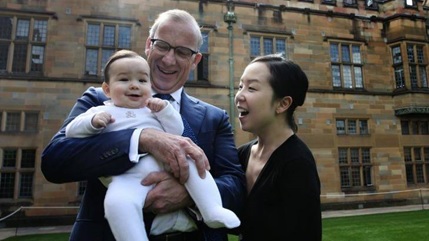
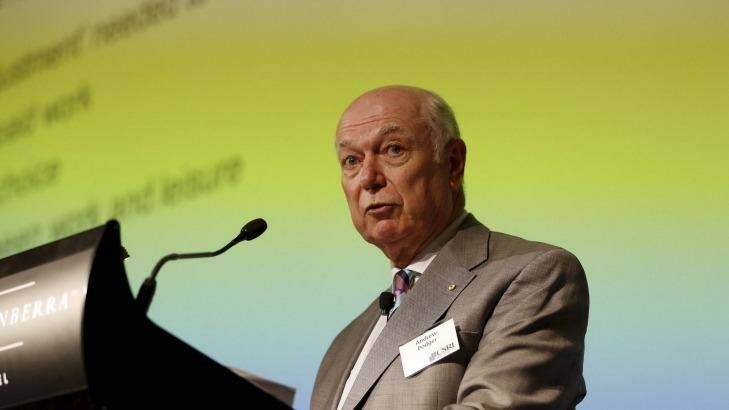
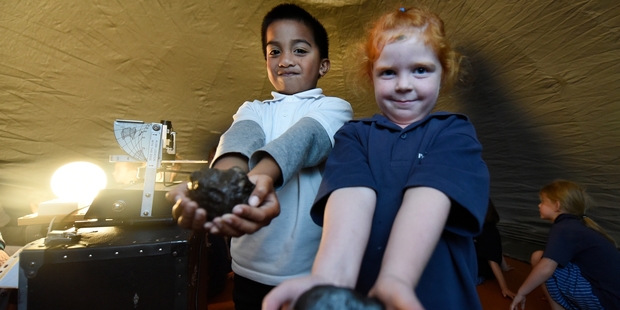
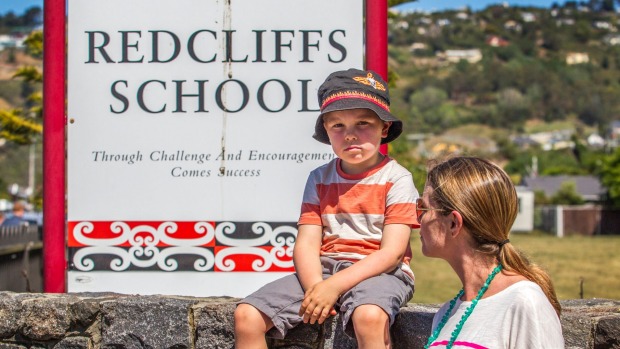
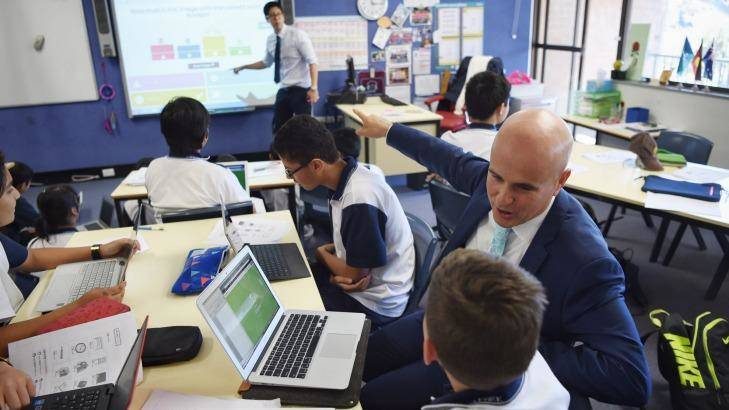
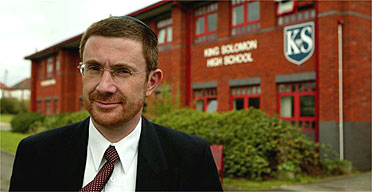
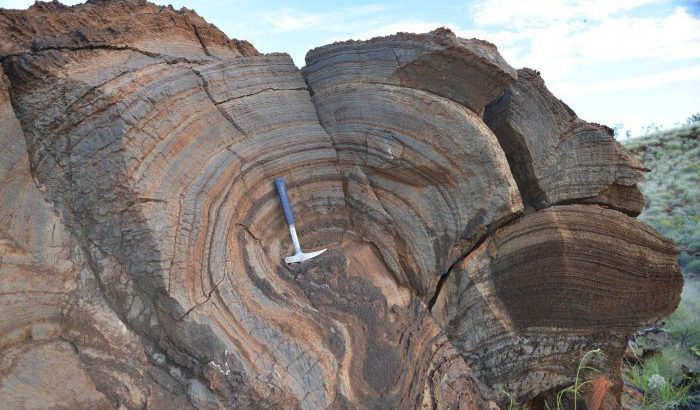





 Users Today : 23
Users Today : 23 Total Users : 35460040
Total Users : 35460040 Views Today : 31
Views Today : 31 Total views : 3418662
Total views : 3418662